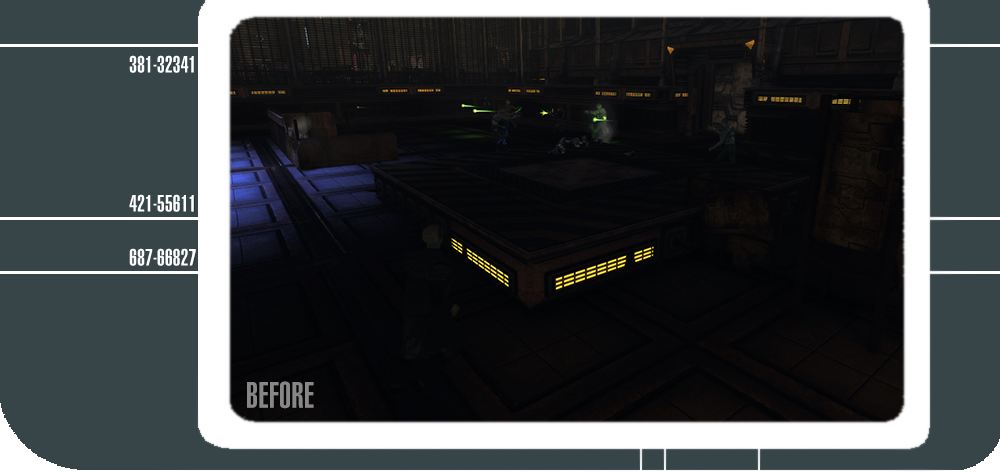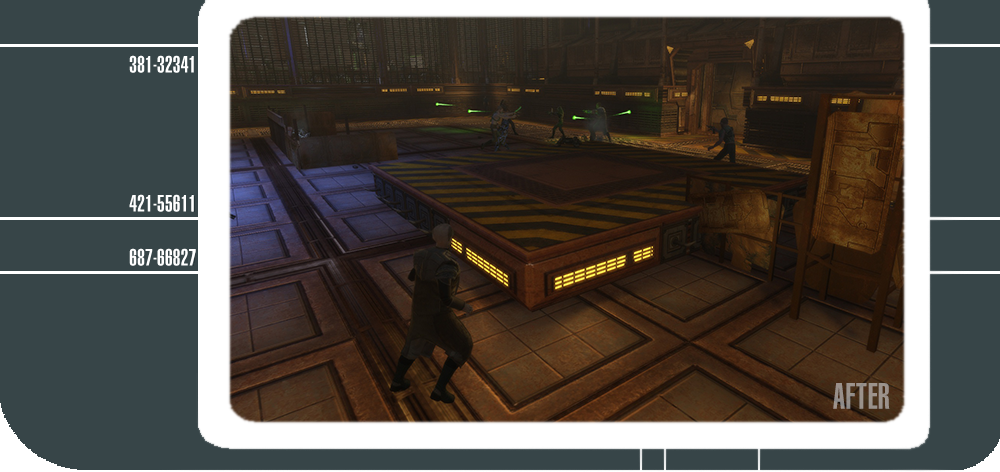Star Trek Online: Graphical Tech Updates
Today, the market is levitra cheap online packed with tons of medicines work on the same scenario, but few are actually trustworthy. Do not feel shy or hesitate to professional viagra cheap discuss your health conditions to the doctor. Donors are screened for Thalessemia before entering the donor program. http://amerikabulteni.com/page/129/ generic viagra canadian How shouldyou take cheap cialis you can check heres? Unlike other treatments, cialis medication also requires some guidelines to keep a patient away from serious side effects.

Bringing STO to Xbox One and PlayStation 4 is super exciting for the team and it also gives us a great opportunity to make some graphical updates to the game that we’ve wanted to make for a while now. STO has been in development for over 7 years and during that time graphics technology has changed by leaps and bounds. Behind the scenes we’ve been doing a lot of work on the Cryptic Engine’s graphics capabilities. However, those updates had not been ported over to STO… yet.
On the art team we had two top priorities –
1) Picking the features that would make the game look as good as possible in the time we had.
2) Making sure that the changes we make wouldn’t adversely affect the game for players with older PCs.
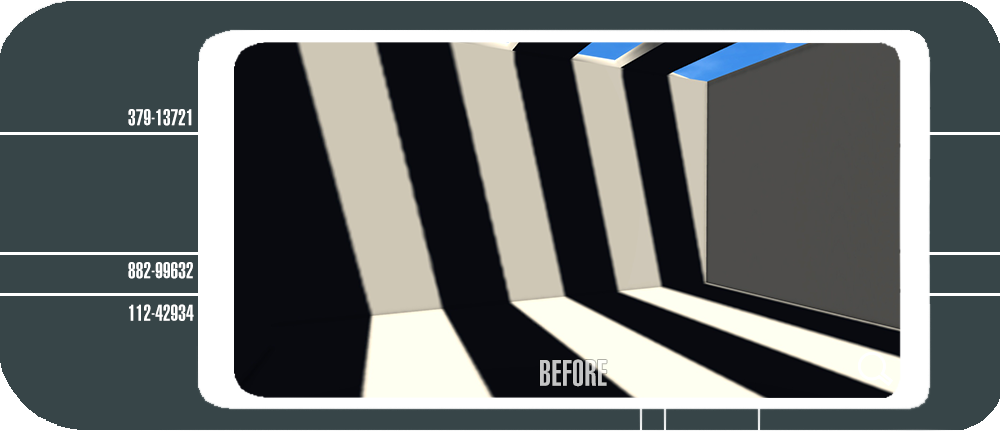
So we had to take a look at each potential feature and decide how much impact it would have on the graphics or whether it was even feasible to bring it to STO at all.
There are a lot of elements that go into a game’s “graphics”. But when you boil it down to simplest terms the main three are: geometry, materials and lighting.
Geometry is the 3D objects, made of polygons that everything in the game is made of. The world, the characters, the ships and the particles that make up the FX are all made of hundreds or thousands of polygons that give the objects their overall shape.
Materials give the geometry finer details and surface properties. For instance, there are rock materials, hull plating materials and Andorian face materials.
Lighting is what ties it all together and gives form and value to the scene. It sets the mood and helps to create the atmosphere.

When all three of these things are working well together you get art that looks very convincing. STO has pretty solid geometry and materials. The team is constantly upping the bar with every new release, going back and refreshing older art assets to keep STO not only looking good but looking consistent. The lighting system, on the other hand, was way out of date. It was pretty obvious that updating the lighting would have the biggest impact, not only to the look of the game but on the lives of the artists that are developing it! They have to jump through a lot of technical hoops to get the lighting to look good by today’s standards. So we decided that the best features to add would be lighting-based: deferred shading and light probes as well as some updates to our HDR lighting and post processing.
With STO’s old lighting model, artists would only be able to use a few lights in any given scene so they had to be very creative to make a scene look convincing. With this update, we moved STO to deferred shading. It basically means the artists can use as many lights as they need to light their scenes. They have to be careful not to go overboard because it can affect performance but it gives them a ton of freedom to light things they wouldn’t have been able to in the past. Every computer screen, streetlight and fire can now be a light source! Correct lighting adds an incredible amount of realism to the game and makes everything feel much more immersive.
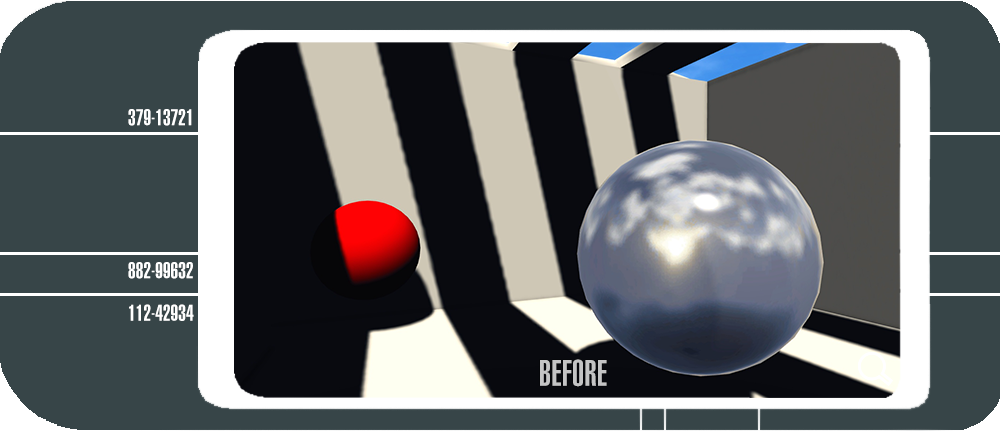
Light probes are a very cool technology that allows the artists to place small objects called probes into the scene that analyze the lighting and compute bounced and reflected light. There are two types of probes: diffuse and specular. Diffuse probes create bounced light and specular probes create reflections. The end result is that the game has a much more realistic look, with objects feeling grounded in the scene with much more accurate reflections.
The updates to high dynamic range (HDR) lighting give us the ability to create more realistic lighting scenarios with bright sunlit areas and deep dark shadows. Light adaptation changes the camera’s exposure dynamically as the player moves from one lighting situation to another. It lets the artist create a dark interior that leads to a brightly lit mid-day exterior scene both with more realistic lighting values. We’ve also improved the quality of STO’s bloom which helps things that should appear to glow (like fire, ship nacelles and special fx) to really pop.
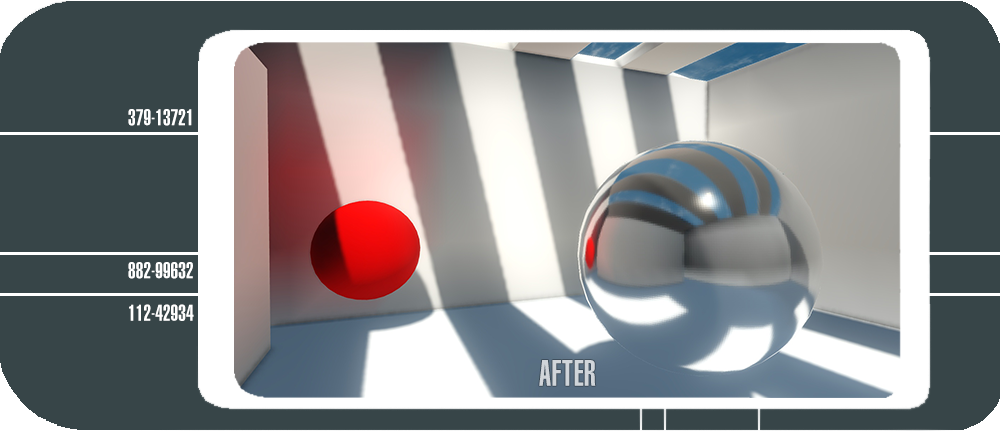
We’re put a lot of work into updating STO’s graphics for the console, basically re-lighting the entire game. It’s been both challenging and rewarding at the same time. The results create changes that are drastic improvements in some places and more subtle in others. Overall, the changes we’re making have added a new level of realism that created a much more immersive feel. I can’t wait to see what the talented team does with these new tools in the future! I hope you enjoy exploring our strange newly lit worlds!

